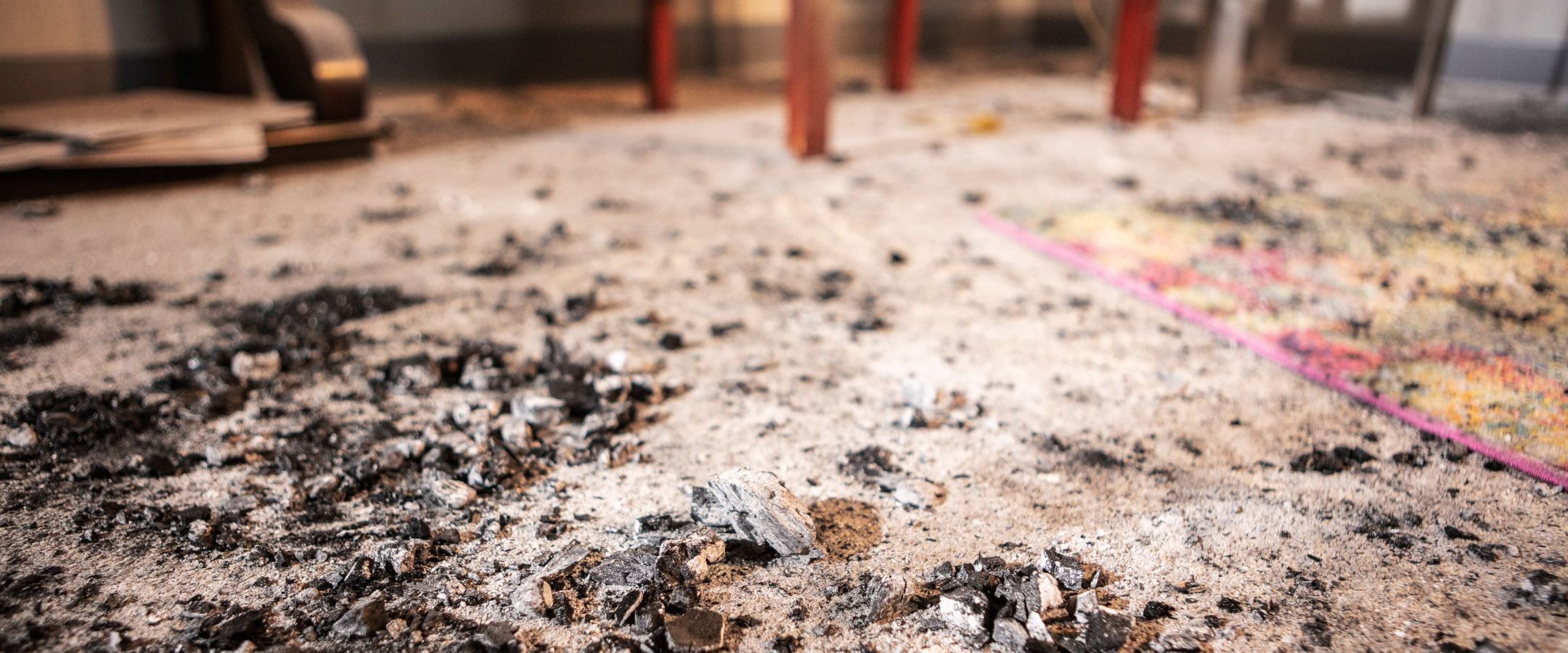Unless they have prior firsthand experience, most property owners don’t spend a lot of time thinking about the threat of fire in their homes. Yet even the most prepared homeowner can find themselves facing an unexpected catastrophe very quickly. In as little two minutes, a small fire can turn from a nuisance into a life-threatening blaze, and in just five minutes can engulf an entire home.
While house-destroying fires do occasionally originate outside the home (such as wildfires, embers blown from another house fire, or arson), most home fires start within the residence and are caused by accident.
Common Sources of Home Fire:
- Cooking equipment malfunctions, food items left unattended while being prepared and other human errors in handling, installing or operating devices in the kitchen
- Heaters, boilers and furnaces that aren’t properly maintained, are overstressed, incorrectly installed, not kept up to code or not regularly serviced, with space heaters being a particular cause for concern if not used correctly
- Improper disposal of cigarettes or other smoking paraphernalia
- Candles burning unattended
- Electrical wiring that is incorrectly installed or malfunctioning
- Lithium batteries sparking, overheating or combusting
- Faulty, degraded or overstressed extension cords.
- Inadequately stored chemicals, natural gas cannisters or accelerant-soaked rags
